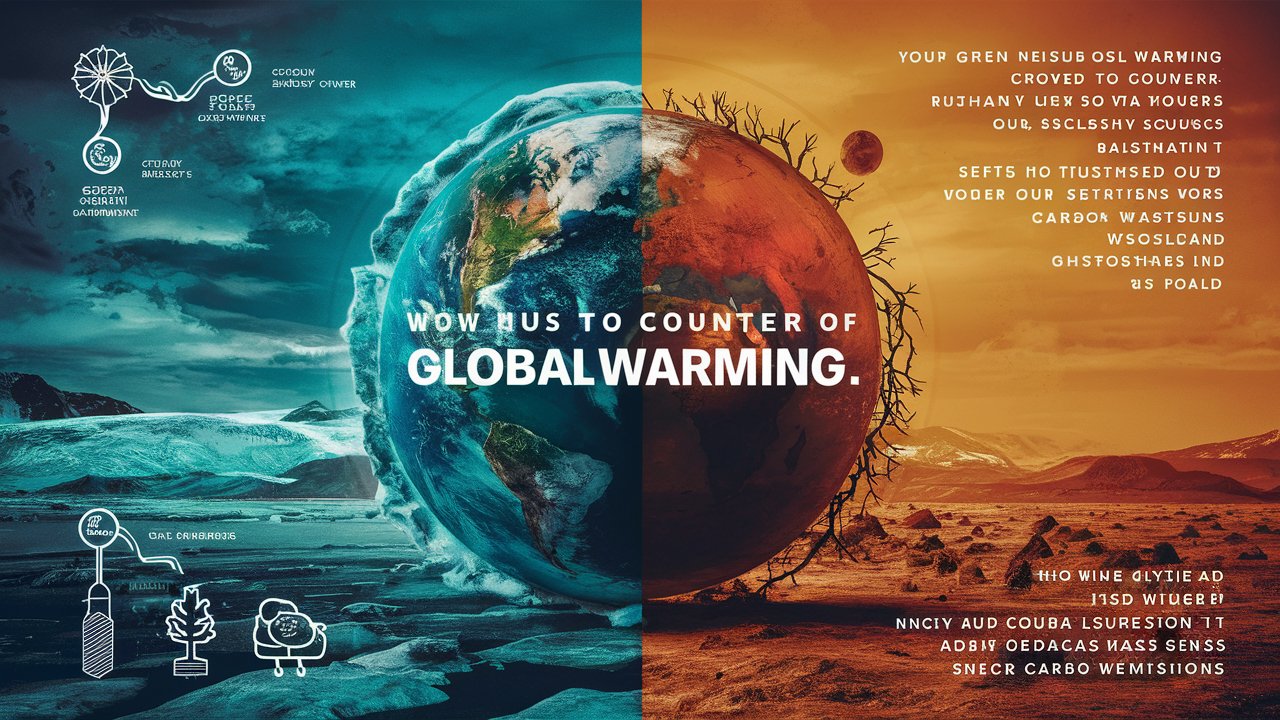8. The threat global warming and the ways to counter it. 2018

The threat global warming and the ways to counter it
Introduction:
Global warming is one of the most significant challenges facing the world today. The rise in global temperatures, caused by the increase in greenhouse gas emissions, is leading to a range of environmental, social, and economic impacts, from sea level rise and more extreme weather events to food and water insecurity and health risks. This essay explores the threat of global warming and the ways in which it can be countered.
The threat of global warming:

Global warming is caused by the buildup of greenhouse gases in the atmosphere, primarily carbon dioxide (CO2) from burning fossil fuels such as coal, oil, and gas. These emissions are increasing rapidly, and as a result, global temperatures are rising. This has a range of impacts, including:
- Sea level rise: As temperatures increase, glaciers and ice caps melt, causing sea levels to rise. This poses a significant threat to coastal communities and infrastructure, leading to flooding, erosion, and saltwater intrusion into freshwater sources.
- Extreme weather events: Higher temperatures also lead to more extreme weather events, such as heatwaves, droughts, and floods. These events can cause significant damage to infrastructure, crops, and communities.
- Food and water insecurity: Climate change is also affecting food and water security, with changing weather patterns and more extreme weather events impacting crop yields, water availability, and access to food and water.
- Health risks: Global warming is also increasing the risk of health problems, such as respiratory illnesses from air pollution, vector-borne diseases, and heat-related illnesses.
Ways to counter global warming:
There are several ways to counter global warming, ranging from individual actions to global policy initiatives. These include:
- Energy efficiency: One of the most effective ways to counter global warming is to reduce energy consumption and increase efficiency. This can be achieved through the use of energy-efficient appliances, improved insulation, and more efficient transport systems.
- Renewable energy: Another key strategy is to shift from fossil fuels to renewable energy sources, such as solar, wind, and hydropower. This requires investment in infrastructure and technology, as well as policy incentives to encourage the use of renewables.
- Carbon capture and storage: Carbon capture and storage (CCS) involves capturing CO2 emissions from power plants and industrial processes and storing them underground. This can help reduce emissions from fossil fuel use.
- Forest conservation: Forests play a critical role in absorbing CO2 from the atmosphere, so conserving and restoring forests can help counter global warming.
- International cooperation: Addressing global warming requires international cooperation, with countries working together to reduce emissions, invest in renewable energy, and implement policies and initiatives to counter climate change.
Conclusion:
In conclusion, global warming poses a significant threat to the world today, with far-reaching impacts on the environment, society, and the economy. However, there are ways to counter global warming, ranging from individual actions to global policy initiatives. These include energy efficiency, renewable energy, carbon capture and storage, forest conservation, and international cooperation. By taking action to counter global warming, we can help protect the planet and ensure a sustainable future for all.
Visit:https://techinsightguru.com/